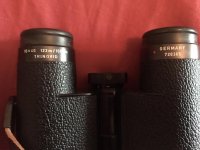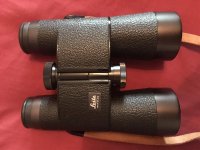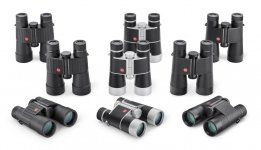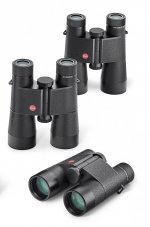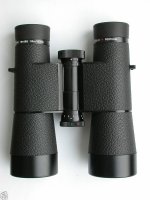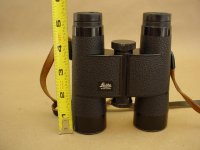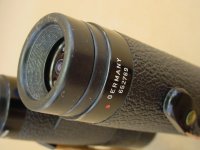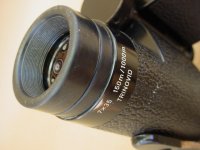A few observations concerning differences between all kinds of Trinovids and the latest edition, the Leica Trinovid Classic.
1. Leica, why not use 'Classic' for your new Trinovid line? At least it will avoid confusion with the Trinovid HD.
2. In Leica's notes to the introduction of the Trinovid Classic, reference is made to the original Trinovid design of 1958. The suggestion here is that the Classic is a continuation of that design. However, this is not correct. The 1958 Trinovid was optically, mechanically and cosmetically completely different. And notoriously shortlived. The story is that it was so impossibly expensive to make that production was stopped only after a few months. In 1962/63 a whole new design was put to the market, and held its own, almost unchanged, for some 25 years. Now this is of course the Leitz Trinovid series where the Trinovid Classic originates from.
3. The Classic makes use of the body of the Leitz Trinovid almost unchanged. However, a small difference is to be observed in the upper lid of the prism housing, which is thicker and possibly more robust than the original.
4. Of more importance, probably, is the difference in comparison to the Leitz with respect to the construction of the ocular assembly (eye piece) and the eye cup. Note that all pictures supplied by Leica thus far show the binoculars with their eye cups down. In this way they look very much like the old Leitz. That is to say, they look like Leitz Trinovids with their eye cups up! How the Classics will look with their eye cups up as well, we dont know, not yet.
5. And it's very well possible the differences are not limited to the binocular's appearance. If I'm not mistaken the eye lens of the Classic sits higher in the ocular assembly (or the ocular assembly higher in the housing) than in the Leitz. Compare the Leica 10x40 Classic (upper picture) to the Leitz 10x40. What do you think? Would this be of consequence to the optics? And if so, in what way?
Renze




